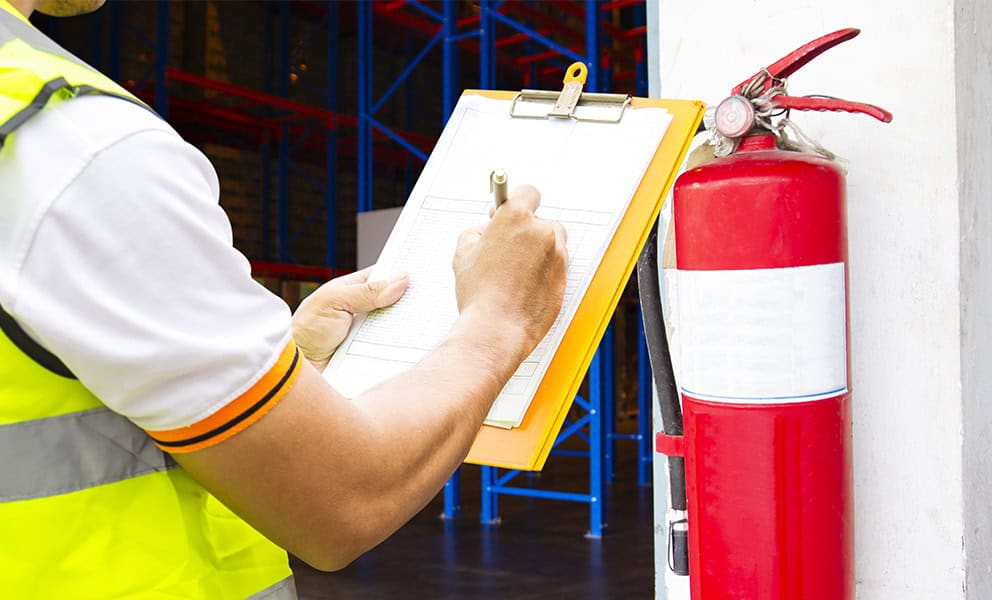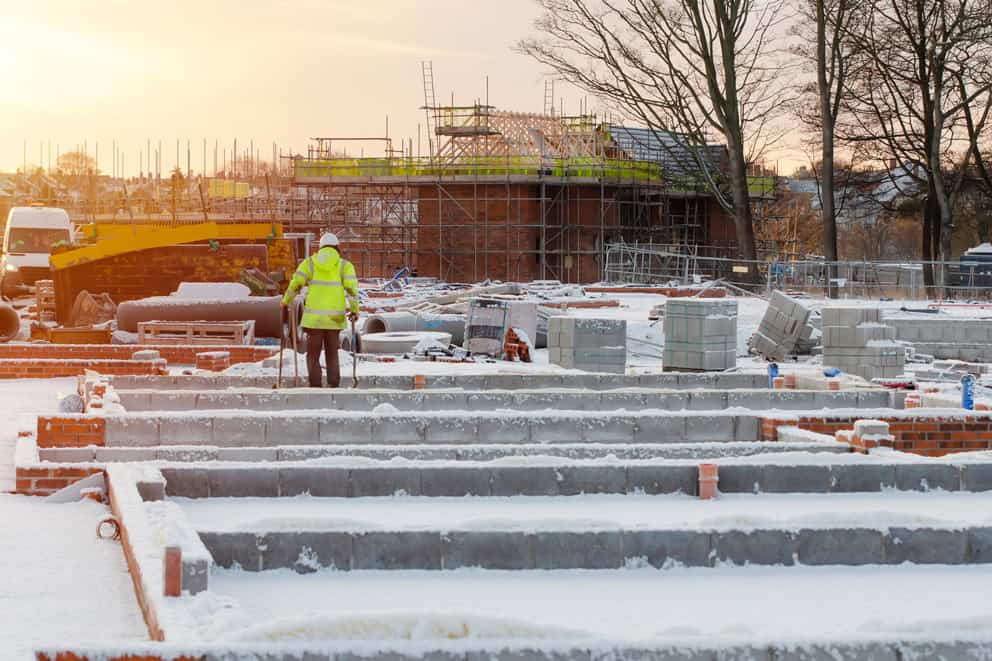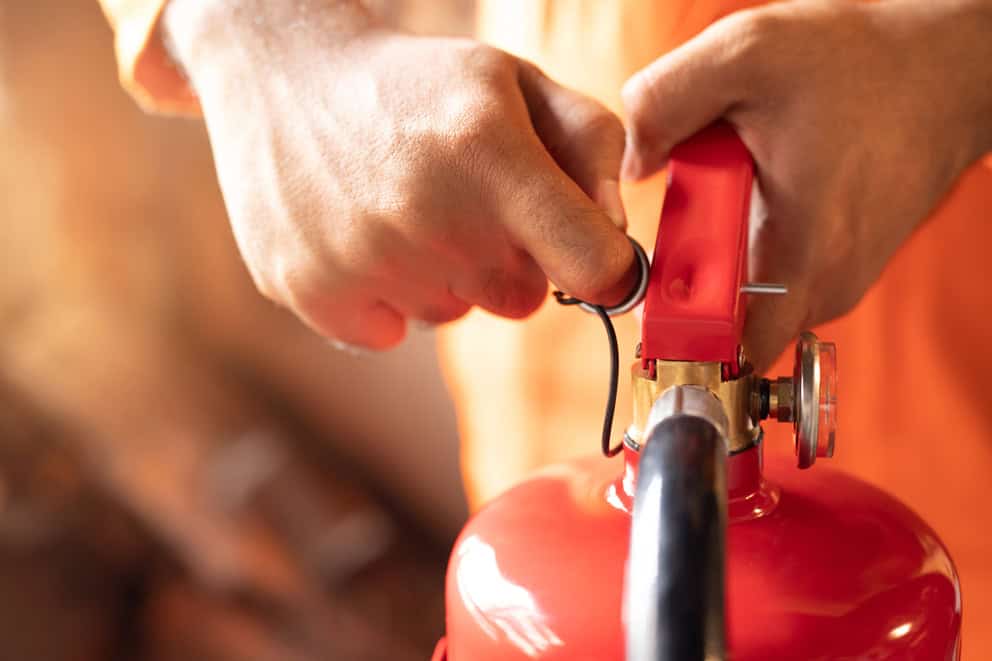
Fire Safety Best Practices – Keeping Your Construction Site Compliant & Safe
Fire safety in construction isn't just about compliance—it's about protecting lives, property, and your reputation.
With high-risk activities, flammable materials, and temporary electrics, construction sites must follow strict fire safety protocols to prevent disasters.
Did you know? The UK sees over 300 construction site fires annually, many preventable with proper fire risk assessments, training, and management.
In this blog, we cover:
- Top fire safety best practices for construction
- Legal requirements and compliance tips
- How Majestic Site Management helps prevent fire risks
1. Conduct Regular Fire Risk Assessments (FRA)
A Fire Risk Assessment is legally required under the Regulatory Reform (Fire Safety) Order 2005.
Best practices:
- Assign a competent person to oversee fire risks
- Identify ignition sources (electrical work, welding, heaters)
- Assess fire escape routes & emergency plans
- Review and update the FRA when site conditions change
Failing to conduct an FRA can lead to legal fines, shutdowns, and safety risks. Learn about our FRA services.
2. Store Flammable Materials Safely
Best practices:
- Store flammables in designated, ventilated areas
- Keep fuel/gas cylinders away from ignition sources
- Dispose of waste properly to prevent combustible buildup
3. Ensure Proper Electrical Safety
Best practices:
- Use only qualified electricians for installations
- Regularly inspect temporary electrics
- Never overload circuits or use damaged leads
4. Implement Fire Safety Training
Best practices:
- Train workers to identify & report hazards
- Conduct fire extinguisher training
- Carry out regular fire drills
We offer comprehensive fire safety training.
5. Maintain Fire Safety Equipment
Best practices:
- Install correct extinguisher types (CO2 for electrical, foam for fuel)
- Place extinguishers in marked, accessible locations
- Test alarms and emergency lighting regularly
6. Control Hot Works Safely
Best practices:
- Use hot works permits for high-risk activities
- Install fire-resistant barriers
- Keep extinguishers nearby during hot works
7. Keep Fire Escape Routes Clear
Legal requirements:
- Clearly mark emergency exits
- Keep fire doors unobstructed
- Conduct evacuation drills
8. Conduct Routine Fire Safety Audits
Best practices:
- Perform weekly safety checks
- Assign fire safety officers
- Update policies and training regularly
9. Develop an Emergency Fire Plan
Best practices:
- Display fire safety notices
- Assign fire wardens
- Conduct random fire drills
10. Work with Fire Safety Experts
Majestic Site Management provides:
- Fire Risk Assessments
- On-site fire safety training
- Compliance checks & audits
- Emergency response planning
Conclusion
Fire safety best practices save lives, protect projects, and prevent penalties.
Key takeaways:
- FRAs are legally required
- Training & equipment prevent fires
- Escape routes must remain clear
- Hot works/flammables need strict controls
Stay compliant. Stay safe. Protect your workforce.
Contact us for expert support:
Email: [email protected]
Phone: 01484 426302

With over 30 years’ experience in the construction industry, Lee offers more than just a helping hand to keep your project on track. Majestic Site Management also specialises in site compliance, and health and safety, with a long-list of credentials to prove it. Connect with Lee on LinkedIn >>


